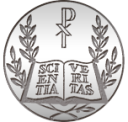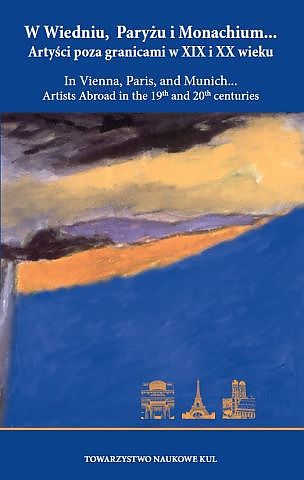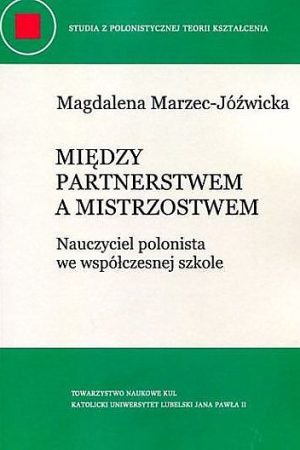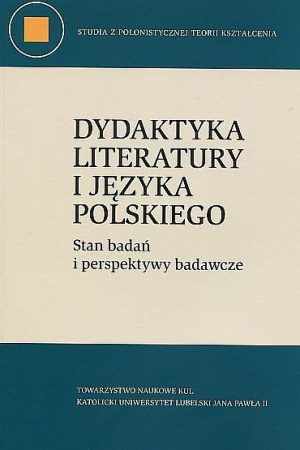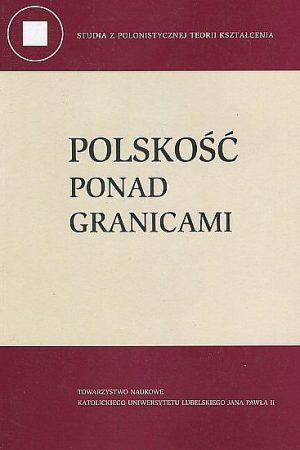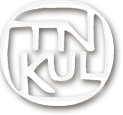W Wiedniu, Paryżu i Monachium… Artyści poza granicami w XIX i XX wieku
| Waga | 0,9 kg |
|---|---|
| Redakcja | Dorota Kudelska |
| ISBN | 978-83-7306-892-6 |
| Seria wydawnicza | |
| Rok wydania | 2020 |
| Oprawa | miękka |
| Ilość stron | 576 |
70,00 zł
Dostępność: Na stanie
In Vienna, Paris, and Munich… Artists Abroad in the 19th and 20th centuries
Niniejsza książka jest efektem wieloletnich kwerend. Dotyczy artystów i krytyków sztuki urodzonych na terytorium Rzeczpospolitej Obojga Narodów (Polaków, Ukraińców i Żydów) oraz twórców z Austrii, Czech i Węgier. Teksty łączy charakterystyka rzadziej podejmowanych aspektów działań artystów z dala od ojczyzn.
W części dotyczącej Wiednia syntetycznie omówiono: kształcenie artystów z ziem polskich w Kunstgewerbeschule (1868-1914) i Akademie der bildenden Kunste (1726-1938) oraz rolę Kazimierza Pochwalskiego jako jej profesora; kontakty kilku generacji artystów polskich i czeskich z Wiener Secession oraz różnice w strategiach ich działań. Z kolei tekst o Antonim Lange przedstawia twórczość lwowskiego Austriaka. Paryskie konotacje dotyczą tu: Mieczysława Golberga i Adolfa Baslera – promotorów tamtejszej polskiej kolonii artystycznej; sytuacji obcokrajowców w atelier Antoine’a Bourdelle’a. Monachium ogniskuje relacje Jaroslava Věšína i Józefa Brandta oraz odniesienia dla polskiej kultury u ‘progu nowoczesności’ (1892-1914). Rolę twórczych spotkań podkreślają teksty o węgierskiej rzeźbiarce Elzie Kövesházi Kalmár i o europejskiej ‘podróży’ Dirce chrześcijańskiej Henryka Siemiradzkiego.
Prezentowane efekty badań punktowo uzupełniają mozaikę europejskich kontaktów artystycznych.
This book is the result of many years of thematic query, dealing with artists and art critics from the lands of the Polish-Lithuanian Commonwealth (Poles, Ukrainians and Jews), and artists from Austria, Bohemia and Hungary. All of the texts characterize the less researched aspects of the of artists’ work created far from their homelands.
As regards Vienna, the book provides a synthetic account of the education of artists born in the Polish lands and attending the Kunstgewerbeschule (1868–1914) and the Akademie der bildenden Kunste (1726–1938), Kazimierz Pochwalski’s role as a professor at the academy, contacts of several generations of Polish and Czech artists with the Vienna Secession and differences in the strategies they used. The text on Antoni Lange presents the activity of an Austrian artist in Lviv.
The book’s Parisian references are to Mieczysław Golberg and Adolf Basler, promoters of the Polish artistic colony there, and the situation of foreigners in Antoine Bourdelle’s atelier.
The Munich part focuses on the accounts of Jaroslav Věšín and Józef Brandt and references to Polish culture at the ‘threshold of modernity’ (1892–1914). The role of creative meetings is underscored by the texts about the Hungarian sculptress Elza Kövesházi Kalmár and the European ‘journey’ of Henryk Siemiradzki’s Christian Dirce.
The presented query results selectively supplement the mosaic of European artistic contacts.
Inne z tej kategorii
-
Książki pedagogiczne
Między partnerstwem a mistrzostwem. Nauczyciel polonista we współczesnej szkole
50,00 zł Dodaj do koszyka -
Literaturoznawstwo
Dydaktyka literatury i języka polskiego. Stan badań i perspektywy badawcze
30,00 zł Dodaj do koszyka
